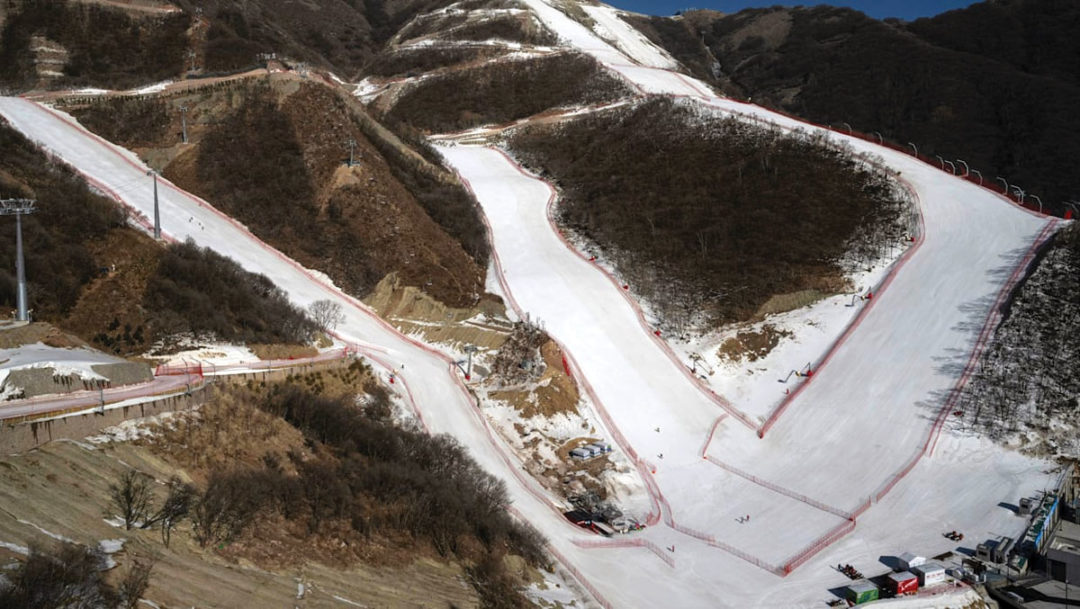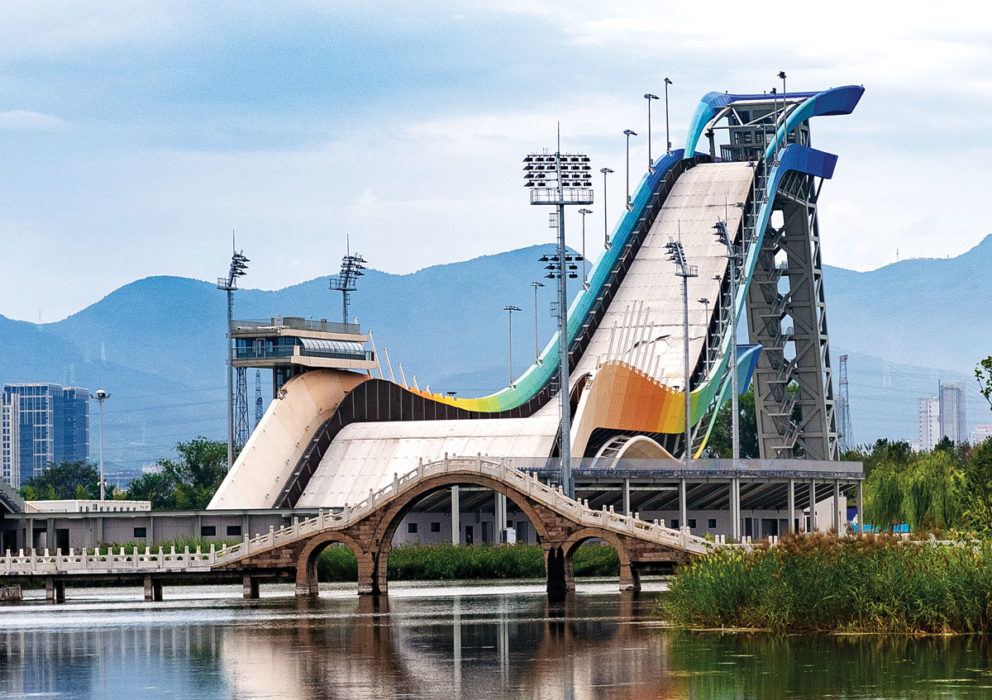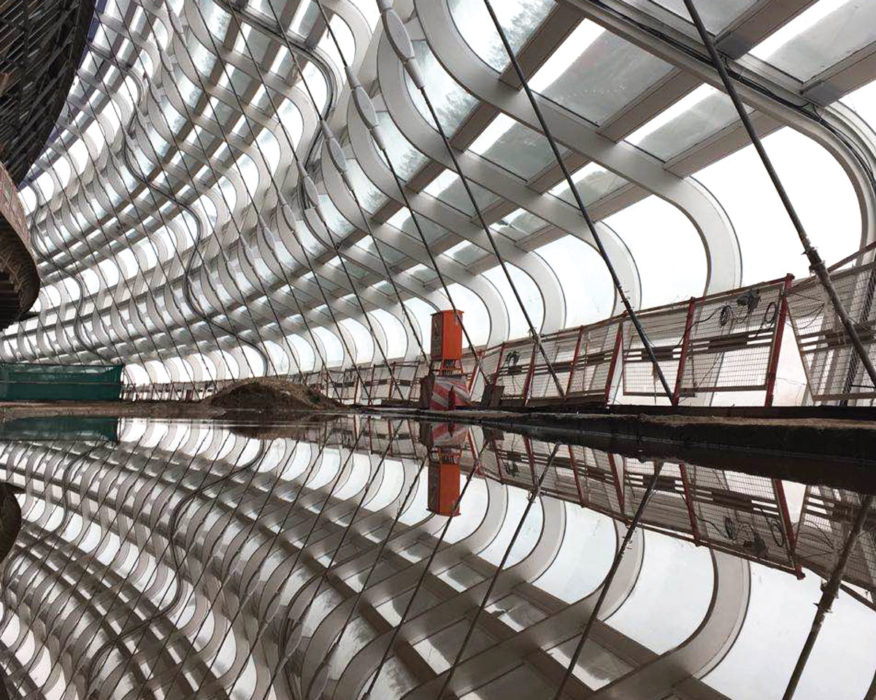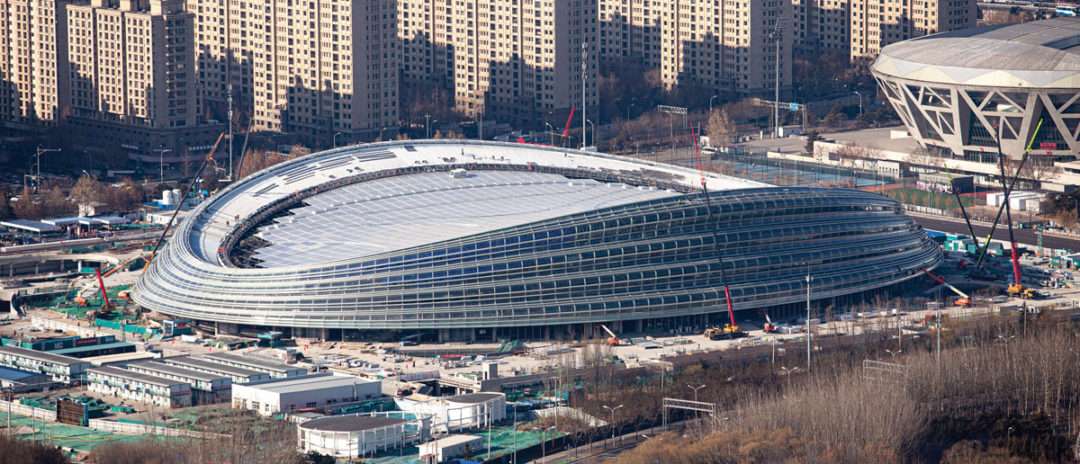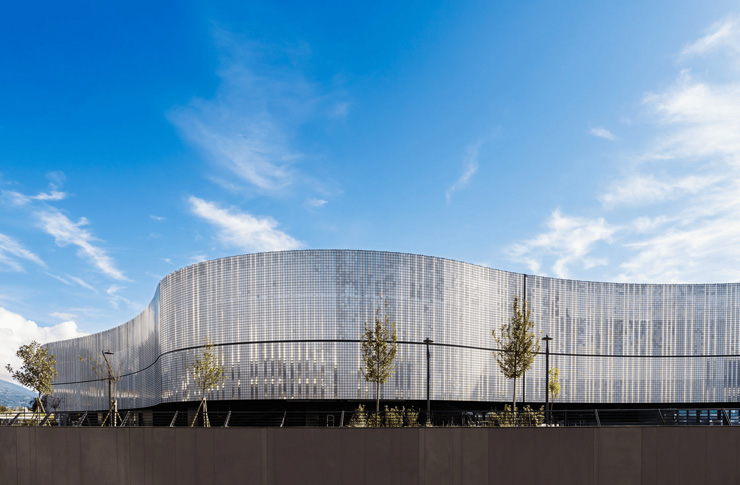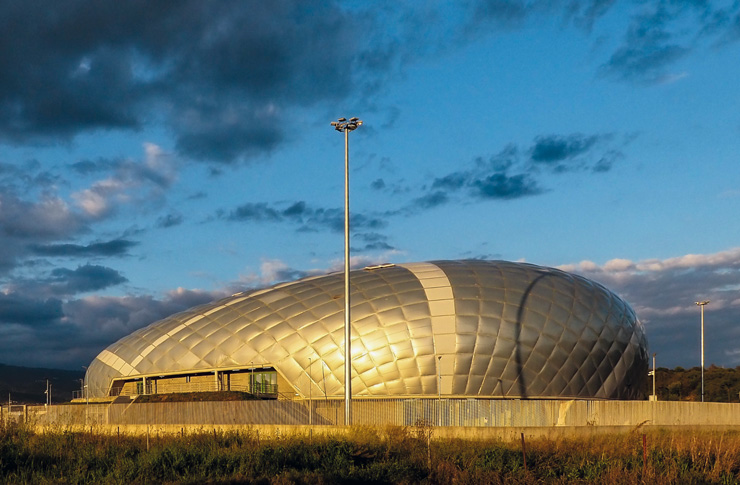Beijing, or Běijīng, as the original ideogram is officially translated, the capital of China, is the fourth largest city in the world by population, with nearly 25 million inhabitants.
With the 2022 Winter Olympics, Beijing and China face a challenge that started with the objective of a repeat of the success of the summer version of 2008, but found itself facing the obstacle of the global pandemic, not yet overcome two years after its appearance.
Beijing 2022
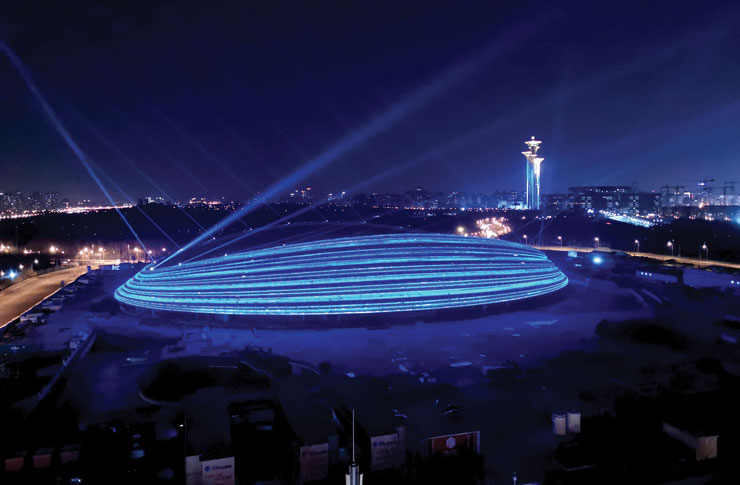
Night view of the Beijing Oval (courtesy Beijing National Speed Skating oval Operation Co., Ltd).
Beijing, PRC capital, is the fourth most populous city in the world, with almost 25 million inhabitants.
With the 2022 Winter Olympics, Beijing and China are facing a challenge that began with the objective of repeating the success of the 2008 summer version, but found itself faced with the obstacle of a global pandemic, not yet overcome two years after its appearance.
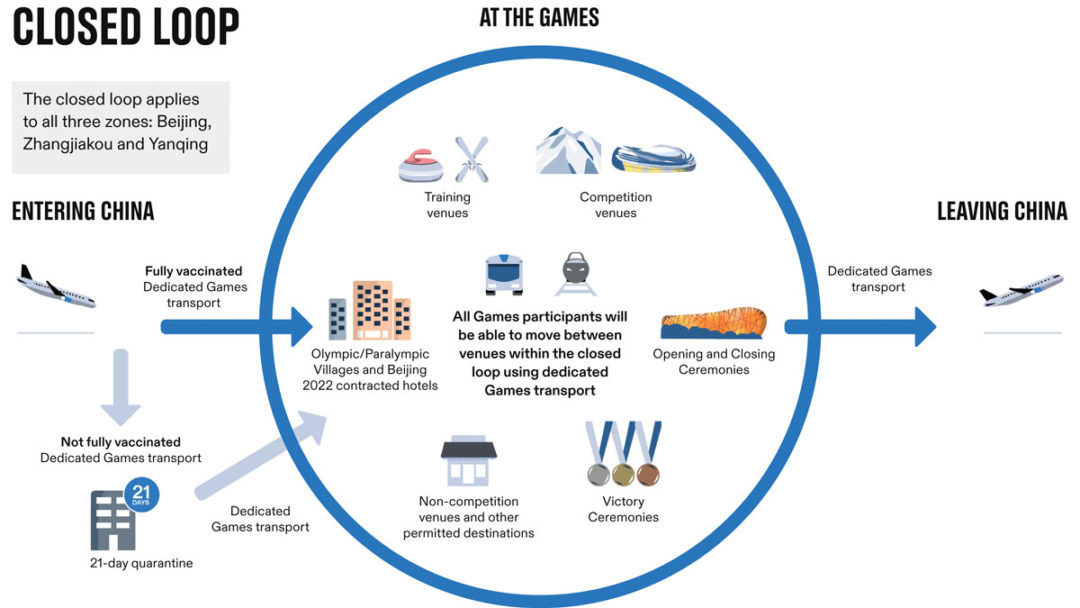
Schema per la sicurezza sanitaria. 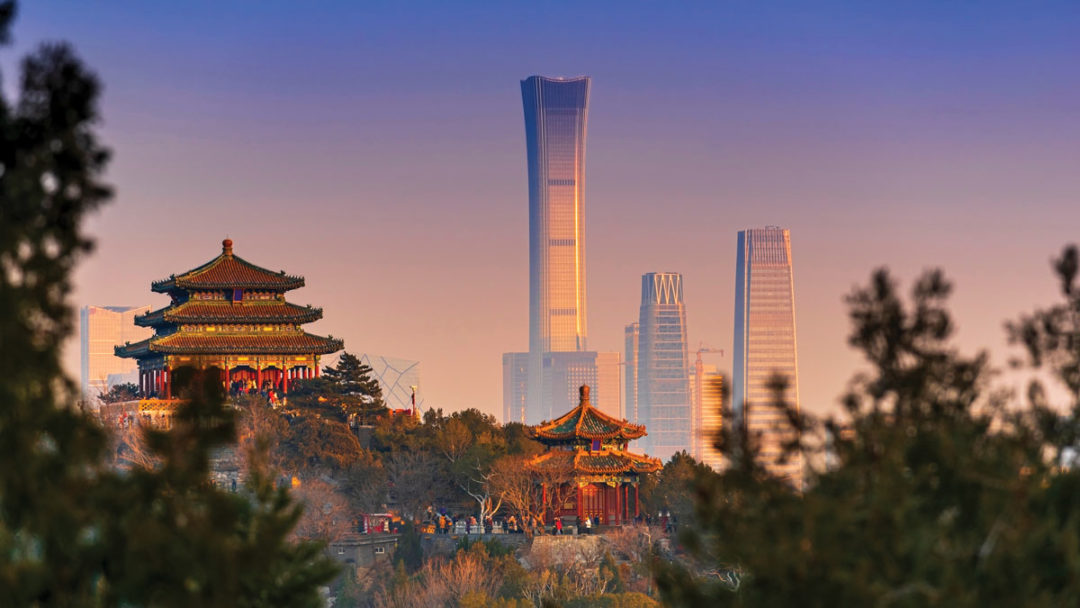
Beijing tra novità e tradizione (foto iamlukyeee / Shutterstock).
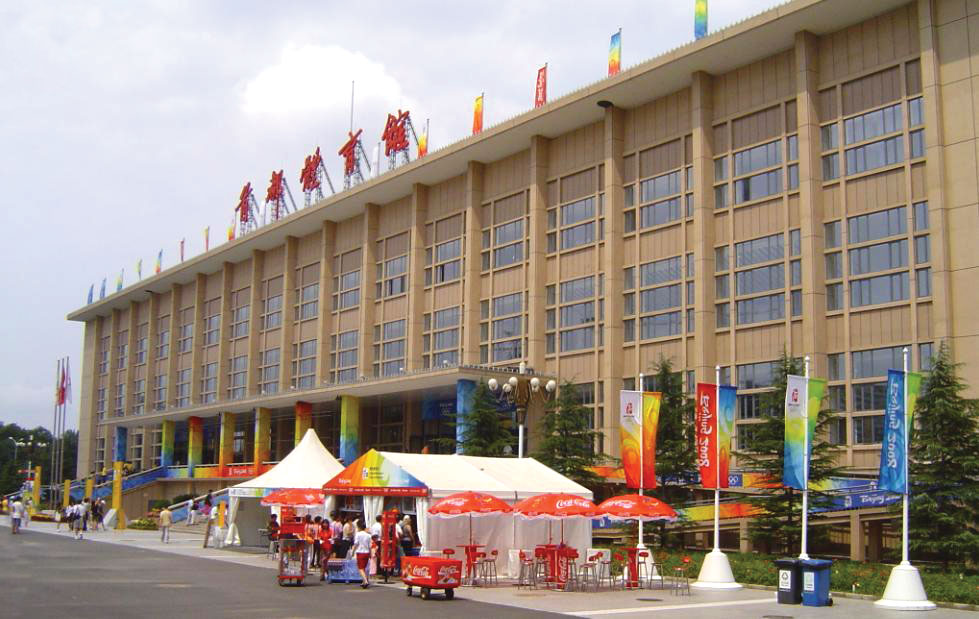
Capital Gymnasium Indoor Arena (foto Doma-Wu). 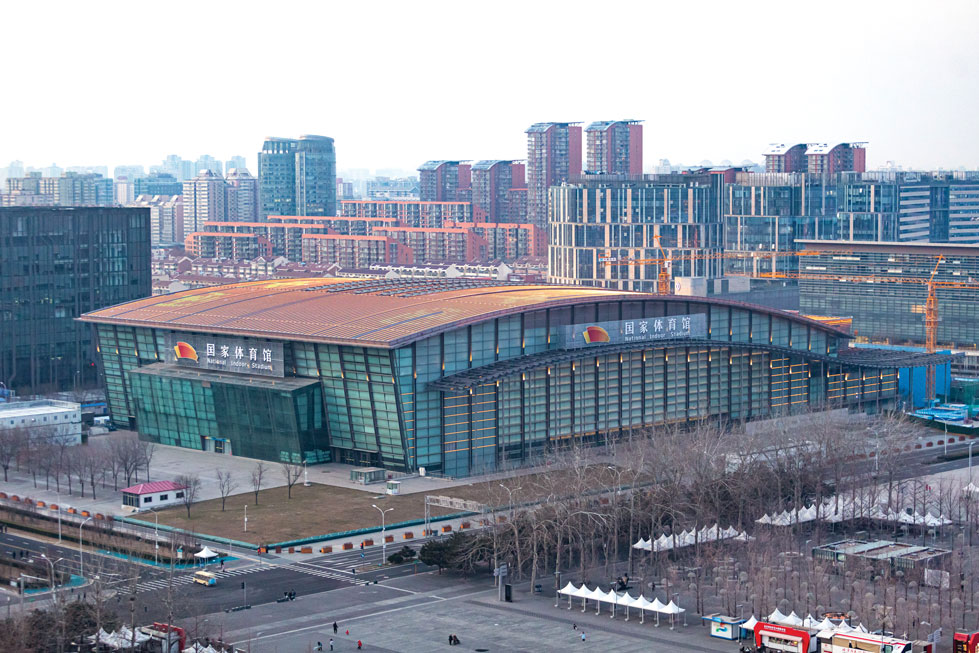
National Indoor Stadium (foto Arne Museler).
The containment measures envisaged are even stricter than those put in place last summer for Tokyo: the publication of two playbooks – one for athletes and one for the media – shows the severity of the “closed loops” within which the Olympics will have to take place.
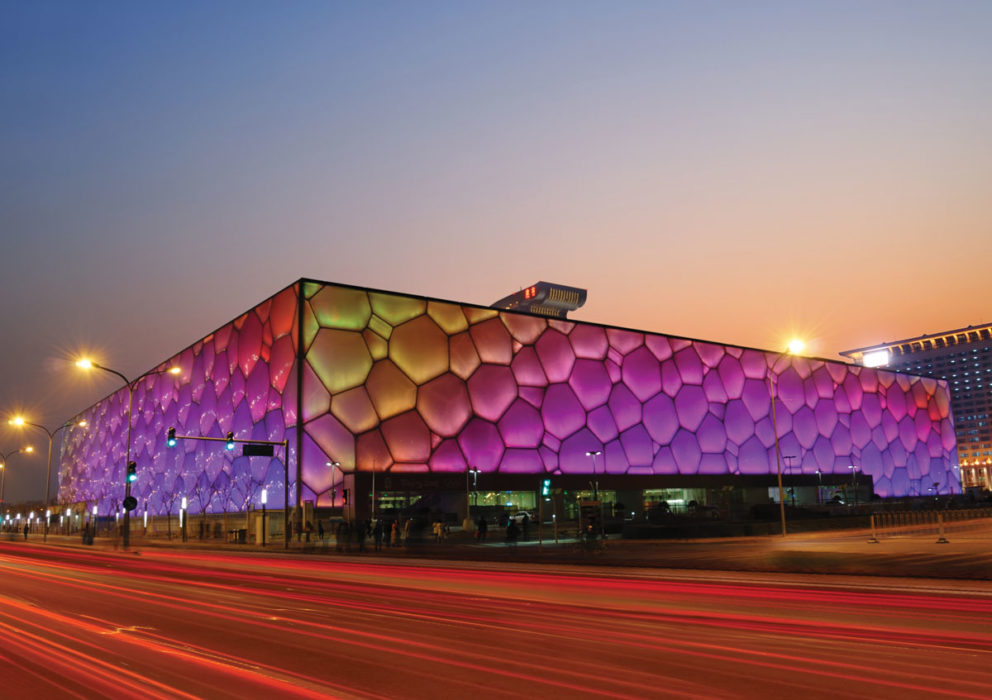
“Ice Cube” (foto Fotohunter / Shutterstock). 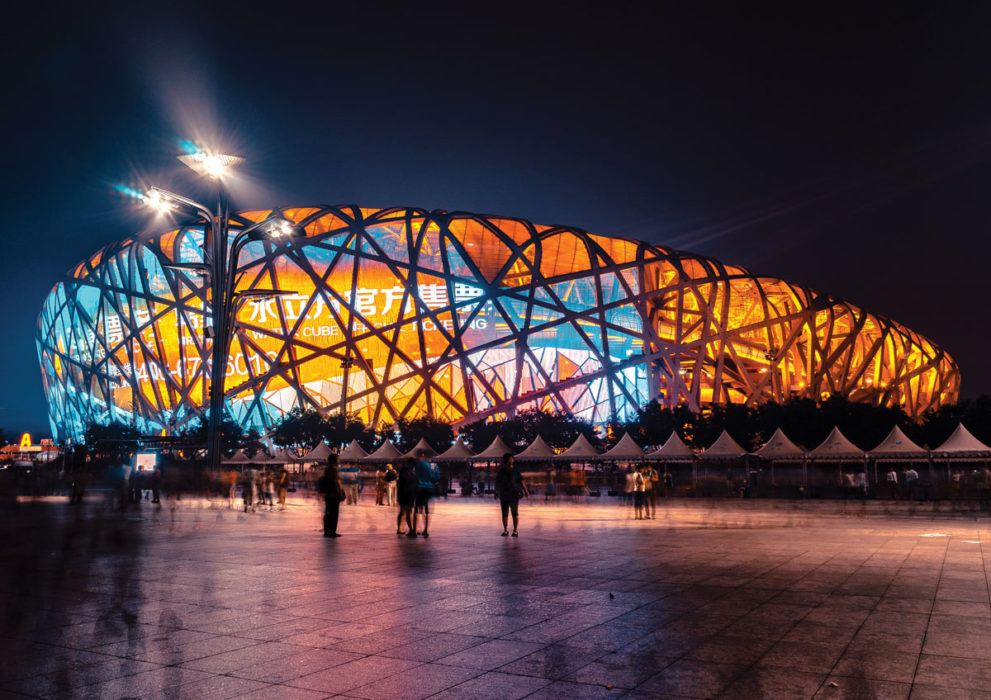
“Bird’s nest” (foto Alex Cimbal / Shutterstock).
On the other hand – as we already mentioned in the “Ice Special Report” in Tsport 335 a year ago – the Beijing 2022 Games are intended to be the most “sustainable” ever; several venues already used in 2008 will be reused for the winter, avoiding the construction of too many new structures.
Beijing is also convinced that the legacy of the Games will be the conversion of at least 300,000 Chinese to winter sports.

